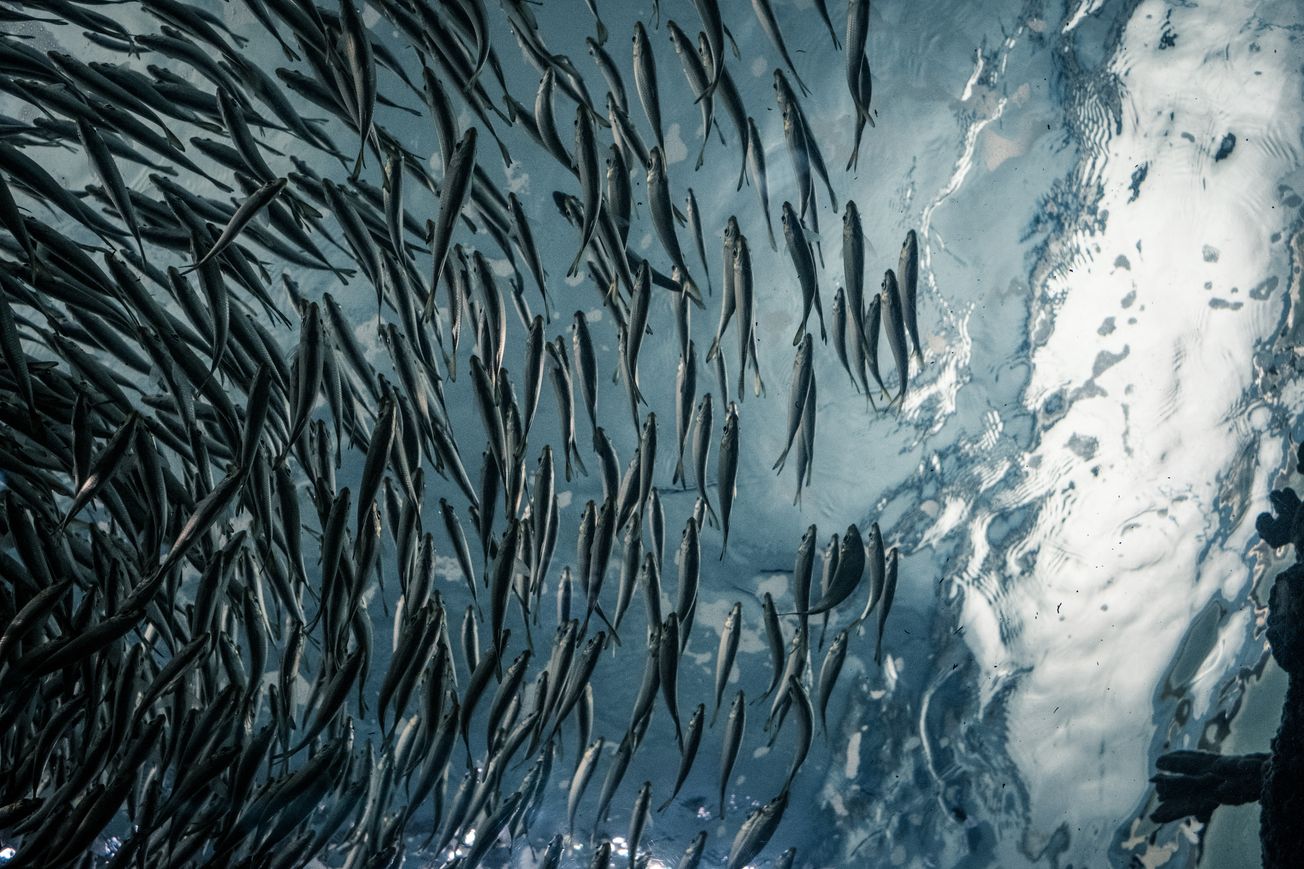By Beth Harris, Science and Technology Editor
Fish is an important source of vitamins and fatty acids, but pollution is compromising the safety of its consumption.
The average adult is advised to eat two portions of fish per week. This is not only because fish is a source of the fat-soluble vitamin D, which many of us are lacking, but also due to its high long-chain omega-3 fatty acid content. However, as someone who is aware of the scale of pollution in our oceans, I have become increasingly concerned about the quality of the fish that ends up on our plates, and what mystery pollutants we may be consuming along with it.
Photo by Nguyen Linh / Unsplash
Firstly, there is the problem of plastic. Current statistics show that around eight million tonnes of waste plastic finds its way into the sea every year, leaving a devastating and lasting effect on the environment. The New York Times stated that in the northern Pacific Ocean alone, around 12,000 to 24,000 tonnes of plastic is eaten by fish. Surely some of this plastic must be getting into us too?
In reality, not as much as you would think. Whilst it is estimated that regular shellfish eaters likely consume around 11,000 tiny plastic fragments each year, only 1% of these are absorbed into the body. That being said, this does not mean that the plastic won’t accumulate over time; especially as plastic pollution is still such a global problem.
Even low levels of mercury in the body have been shown to cause memory and hair loss, depression, and fatigue.
The scary fact is that there is no escaping it. Plastic-containing fish have been found in supermarkets both in the UK and all around the world. Therefore, scientists are now facing the question: how harmful is this plastic? The short answer is that we don’t know yet. Whilst experts suggest that we would have to eat an absurd amount of fish each week in order to reach problematic plastic levels within the body, there are concerns about some of the toxins that may be released by microplastics; not to mention the huge impact plastic contamination is having on fish in terms of their own growth and fertility.
However, plastic is unfortunately not the only problem. There are also concerns surrounding mercury contamination, particularly in larger species of fish such as tuna and swordfish. A recent year-long study that looked into human mercury poisoning from fish consumption found there to be high levels of methylmercury (toxic mercury) in the blood and hair of its participants. Whilst this is not of major concern, as researchers could not conclude that the presence of methylmercury was due to the over-consumption of fish, it is alarming. Even low levels of mercury in the body have been shown to cause memory and hair loss, depression, and fatigue.
Mercury enters the environment primarily from coal-fired power stations and medical waste incinerators. It is also the main ingredient in dental amalgam, which is sometimes used to make fillings; therefore it is suggested that crematoriums will become significant contributors to mercury pollution in the future. Whatever its source, mercury is finding its way into waterways and is making fish consumption the most common cause of ingestion-related mercury poisoning in humans.
Whilst most people would likely be put off fish for life after reading this, it is important to note that in the case of both mercury and plastic, you would have to eat far, far more than the recommended amount of fish each week in order for it to pose even minor health risks. Having said that, there are steps you can take to ensure that you’re eating worry-free fish. For example, the Natural Resources Defense Council offers a calculator that informs you whether your mercury intake from fish is greater than the safe limit based on your weight and the average amount and type of fish consumed each week.
All in all, the take-home message is, if nothing else, the importance of caring for our environment. Regardless of whether you eat fish, ecosystems are suffering as a result of human activity. So, try to cut back on single use plastics and reduce your energy usage – it will go a long way.
Featured Image: Lance Anderson/ Unsplash
What are your thoughts on this issue? Let us know!










